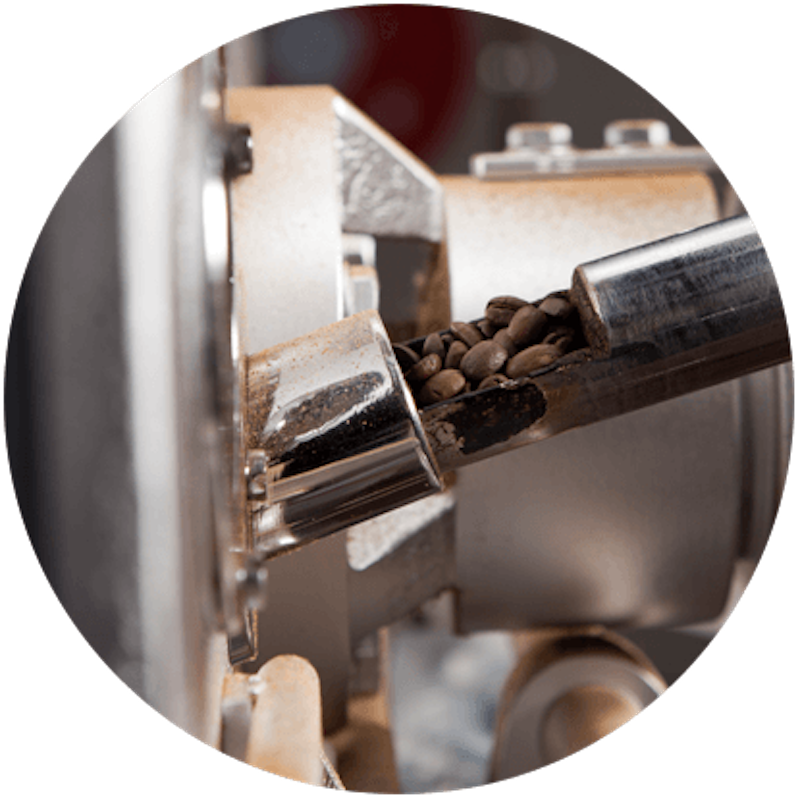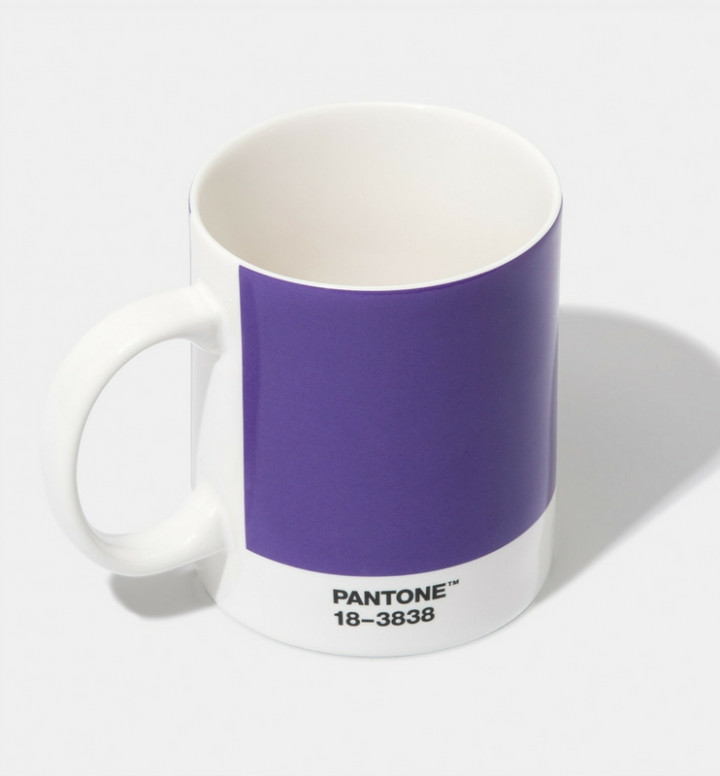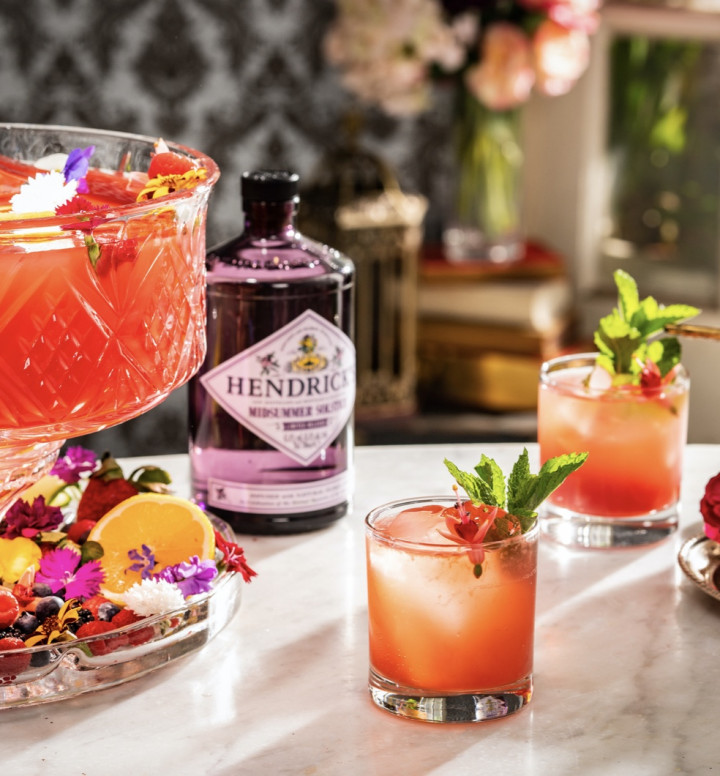Hummingbird Coffee have important tips of the trade for your next coffee fix
Hummingbird Coffee are dedicated to creating memorable and distinctive coffee flavours, sourcing all their specialty grade beans direct from regions. Certified Organic and carefully hand-roasted then blended to perfection, Hummingbird Coffee focus on delivering quality and fresh products.

After entering the New Zealand coffee market in 1990, the creative minds behind Hummingbird are on a mission to educate the masses on the perfect coffee and how to spot one. After all, it is the world’s second most valuable commodity (behind petrol!). To educate ourselves a little more on this liquid gold, here’s a few of our favourite facts:
- 30 cents from every Hummingbird Coffee Re:Start 200g blend goes towards local community projects. What makes a flat white is the texture of the milk. Thinner, less aeration and a crema that rises to the top make a more intense brew.
- The world consumes approximately 2.25 billion cups of coffee every day.
- Coffee made with really hot water will make the brew overly bitter (burn), as well as potentially burning the milk. The proper brewing temperature is approximately 90 degrees Celsius. For Arabica, you need to brew in the 90s, but over 93 it will burn. Robusta needs to be a little cooler again.
- New Zealanders are well known for their avid coffee-culture, but actually Finland has the highest consumption per capita, at a whopping 12kg!
- Brazil is the largest producer of coffee and has been for the last 150 years.
- There have been 5 times coffee has been completely banned. First, in 1511 in Mecca where leaders believed it stimulated radical thinking so decided coffee had to go. Secondly, clergymen in 16th Century Italy tried to ban coffee because they believed it to be satanic. Thankfully for the Italian people, Pope Clement VII was a devout coffee lover. He lifted the ban, and even went as far as baptising coffee to show his approval. Murad IV of the Ottoman Empire in 1623, created harsh and ridiculous punishments for coffee drinking. In 1746, the Swedish government made it illegal to even have coffee cups and dishes. Lastly, in 1777, Frederick the Great of Prussia tried to ban coffee because he believed it disrupted the country from drinking beer.
- The birthplace of coffee was Ethiopia, and legend has it that coffee originated from a flock of goats and their observant goatherd. This goatherd, named Kaldi, noted his flock became frisky after eating certain red berries, he followed suit, and the result was much the same. Local monks, concerned about all this friskiness, decided to put this wonderful new fruit to use in staying awake during long prayer sessions.
- Throughout the 9th Century, coffee berries moved from Ethiopia to the Arabian Peninsula, then on to Turkey, where coffee as we know and love it today, was born. The beans were roasted over an open fire, then crushed and soaked in boiling water.
- The popularity of coffee skyrocketed following emissaries of Sultan Mohammad IV arriving in Paris carrying hundreds of sacks of beans, which spurred on a coffee fever and motivated a trade route be formed.
- Rumor has it French philosopher and writer, Voltaire, would consume a massive 50 cups per day!
- An African fruit, developed by the Arabs, imported by the Italians, popularized by the French and developed into that wonderful stuff, espresso, by the Italians. And drunk by everyone!
- There are two main types of coffee tree, Coffea Robusta& Coffea Arabica. Robusta is easier to grow, has higher yields, is more bitter flavour, lacks aroma, and possesses a higher caffeine level than Arabica.
- The Arabica trees grow at altitudes of between 1000-2500 metres in a narrow band between the tropics of Cancer and Capricorn, with a temperature tolerance of 15-24˚C. They require abundant rainfall and frost intolerant, meaning these trees can only be grown in mountainous tropical and sub-tropical regions.
- Every tree produces just less than one kilo of coffee per year.
- Central and South America yield Brazilian, Colombian, Costa Rican, Guatemalan, Mexican and Kona varieties, all of which are light to medium-bodied, with clean, lively flavours.
- African and Arabian varieties include Kenyan and Ethiopian, which highlight acidity and floral or wine-esque notes. These varietals are typically medium to full-bodied, with a cocoa of chocolate aromas.
- Asian and Pacific varieties extend to Sumatran, Indian, New Guinea and Sulawesi varietals, which are smooth, low in acidity, and possess earthy and exotic elements.
Discover more about the world’s most popular bean, by heading to the Hummingbird website, here.






